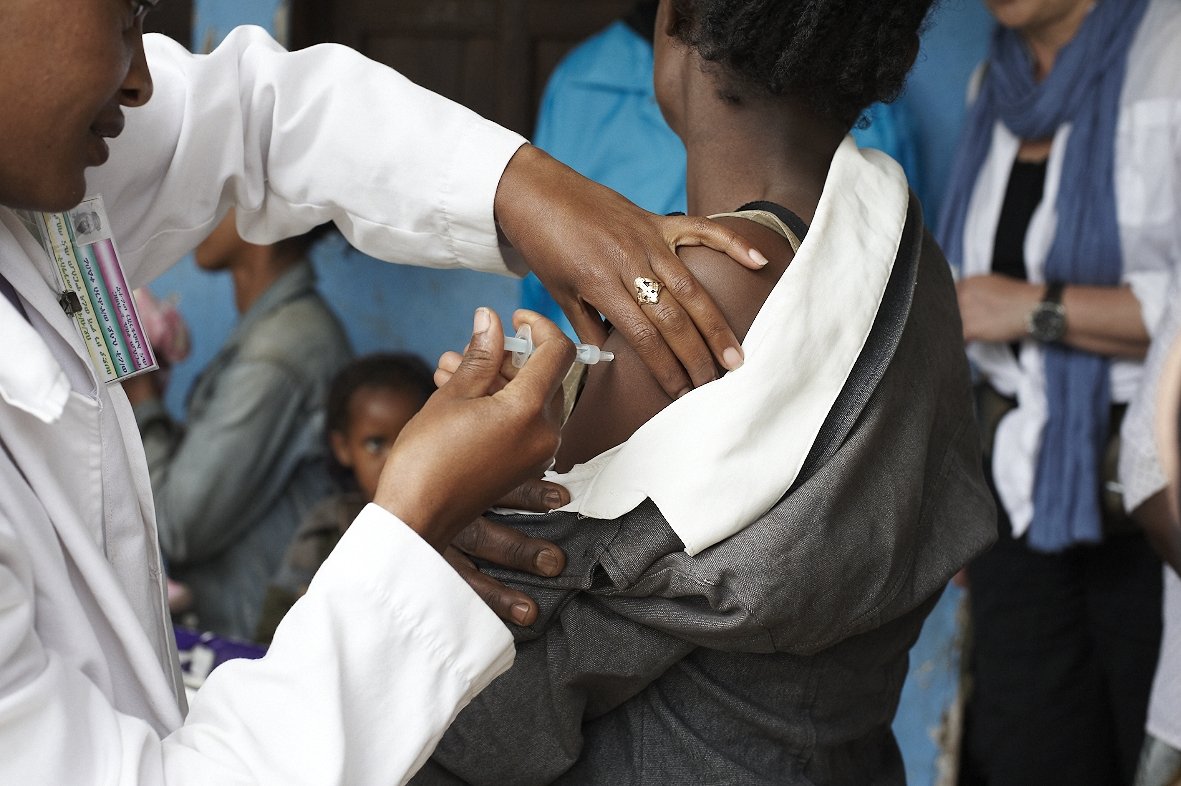From Coverage to Equity: Rethinking Gender in Immunization
Imagine a world where a child's access to life-saving vaccines isn't determined by their gender or their caregiver's social status. In reality, gender inequities are a silent hurdle in global immunization programs, particularly in low- and middle-income countries (LMICs). While vaccination rates for girls and boys may appear similar, a closer look reveals a different story. Gender roles, norms, and access to resources create a web of barriers that disproportionately impact women, girls, and marginalized communities.
The COVID-19 pandemic ripped away any remaining veil, exposing these inequities in all their starkness. The emerging "zero-dose" agenda, targeting children who haven't received any vaccinations, further underscores this urgency. Gender-responsive strategies are crucial to reach these missed communities, as these barriers are often more prevalent there. The conversation around gender and immunization needs to move beyond just coverage rates. We must understand how gender interacts with and influences every aspect – access, uptake, and delivery of vaccines – to achieve true equity.
Gender equity in immunization means fairness for everyone. Women, men, and those with diverse gender identities deserve equal access to information, services, and decision-making power within the program. A major challenge is the autonomy of women – the primary caregivers, who often have limited decision-making power regarding their children's health due to societal norms. Access to healthcare, information, and the health workforce itself becomes a hurdle for single mothers, young mothers, and fathers who are often stereotyped and overlooked during program planning. The powerful tools of the socio-ecological model and gender mapping are frequently neglected. While these approaches are included in global strategies, a huge gap exists in integrating them into local-level interventions in LMICs. The focus needs to shift from simply looking at gender differences in coverage rates to understanding the complex intersection of gender with socioeconomic factors that ultimately determine immunization outcomes.
Studies have shown that women with greater agency within their families have better healthcare utilization for their children. Lack of control over resources like time, money, and transportation further disadvantages women, as evidenced by research in LMICs. Women shoulder a heavier burden of unpaid work, and while immunization services may be free, indirect costs like transportation and lost wages can be significant barriers.
Countries need to prioritize gender-responsive advocacy and integrate a gender lens into all levels of their immunization program design. This means moving beyond just access and coverage. We need strategies that address the direct and indirect barriers faced by beneficiaries, caregivers, and healthcare workers (HCWs) of all genders. Mainstreaming gender throughout the program is key. This involves considering the needs, experiences, and vulnerabilities of everyone involved, while also promoting actions that challenge harmful gender norms and empower all populations.
The gender-related disparities amongst HCWs require particular attention given that 90% of the health workforce comprises women in LMICs. Their well-being and fair compensation are crucial for a well-functioning health system. Additionally, having female HCWs at immunization sites can be vital in communities where cultural norms restrict access to male healthcare providers. Certain communities have also shown resistance to seeking services from a male HCW. Supportive work environments for female HCWs can further improve service delivery and trust within communities.
Context matters. LMICs are diverse in population, health systems, and cultural norms. A one-size-fits-all solution won't work. However, learning from each other's experiences and conducting local-level exploratory studies to understand the interplay of gender and culture can provide valuable insights for tailoring strategies.
There may be debates and challenges in integrating a gender lens into existing programs. These discussions however are unavoidable and crucial and need to be handled with political and cultural sensitivity. Despite that, these challenges shouldn't overshadow the immense potential of gender-responsive approaches to create a more holistic and equitable healthcare system.
In conclusion, integrating a gender lens into immunization programs is not just about fairness; it is about strengthening health systems and achieving true equity. Countries can begin by critically assessing whether gender is adequately considered throughout their programs. By addressing these gender-related barriers, we can ensure that every child, regardless of their background or identity, has the chance to receive life-saving vaccines and health services.
